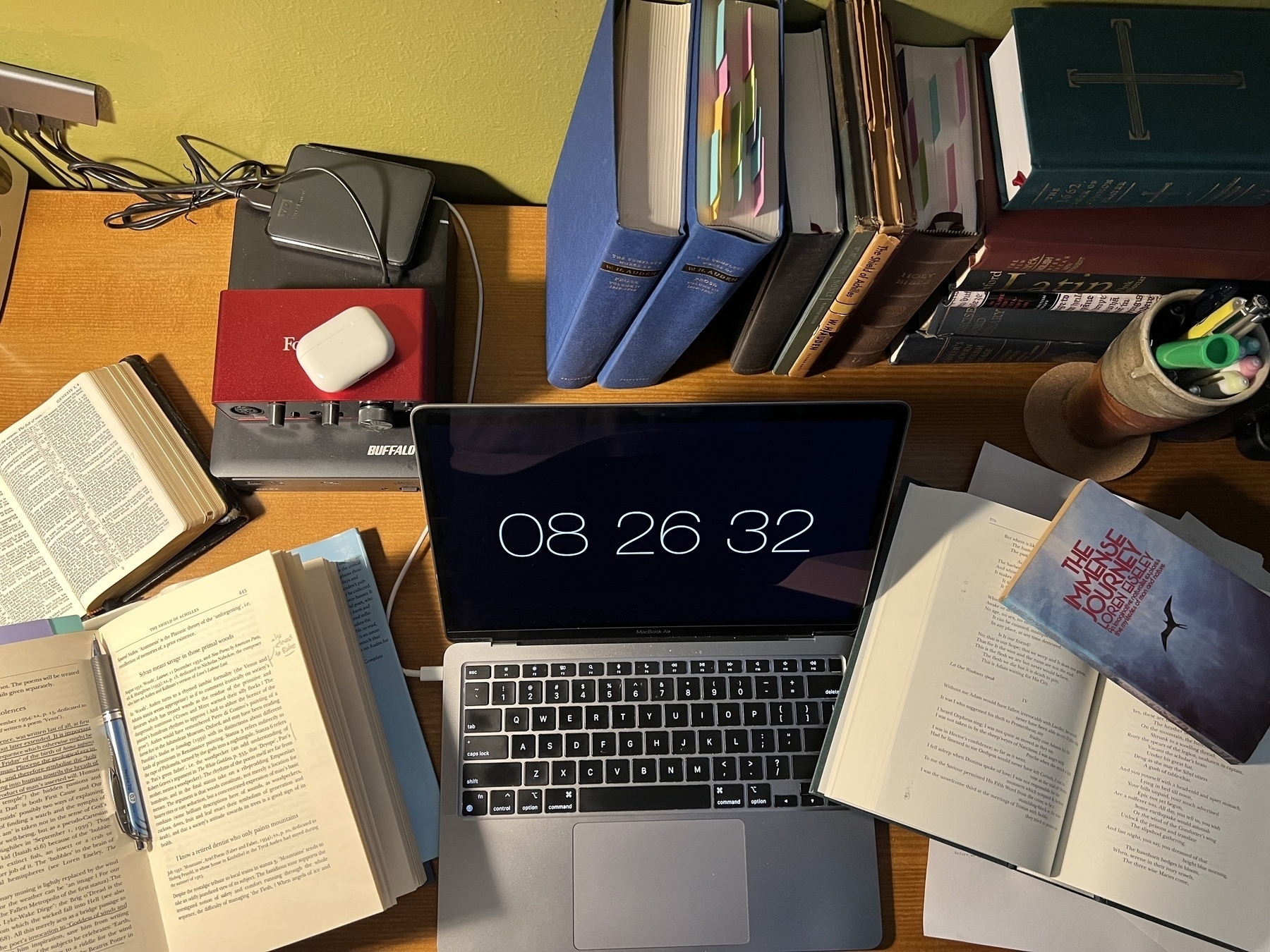https://www.youtube.com/watch?v=SYj1jneBUQo
Forrest Perry shows part of his note taking and idea development process in his hybrid digital-analog zettelkasten practice. He's read a book and written down some brief fleeting notes on an index card. He then chooses a few key ideas he wants to expand upon, finds the physical index card he's going to link his new idea to, then reviews the relevant portion of the book and writes a draft of a card in his notebook. Once satisfied with it, he transfers his draft from his notebook into Obsidian (ostensibly for search and as a digital back up) where he may also be refining the note further. Finally he writes a final draft of his "permanent" (my framing, not his) note on a physical index card, numbers it with respect to his earlier card, and then (presumably) installs it into his card collection.
In comparison to my own practice, it seems like he's spending a lot of time after-the-fact in reviewing over the original material to write and rewrite an awful lot of material for what seems (at least to me—and perhaps some of it is as a result of lack of interest in the proximal topic), not much substance. For things like this that I've got more direct interest in, I'll usually have a more direct (written) conversation with the text and work out more of the details while reading directly. This saves me from re-contextualizing the author's original words and arguments while I'm making my arguments and writing against the substrate of the author's thoughts. Putting this work in up front is often more productive at least for areas of direct interest. I would suspect that in Perry's case, he was generally interested in the book, but it doesn't impinge on his immediate areas of research and he only got three or four solid ideas out of it as opposed to a dozen or so.
The level of one's conversation with the text will obviously depend on their interest and goals, a topic which is relatively well laid out by Adler & Van Doren (1940).

